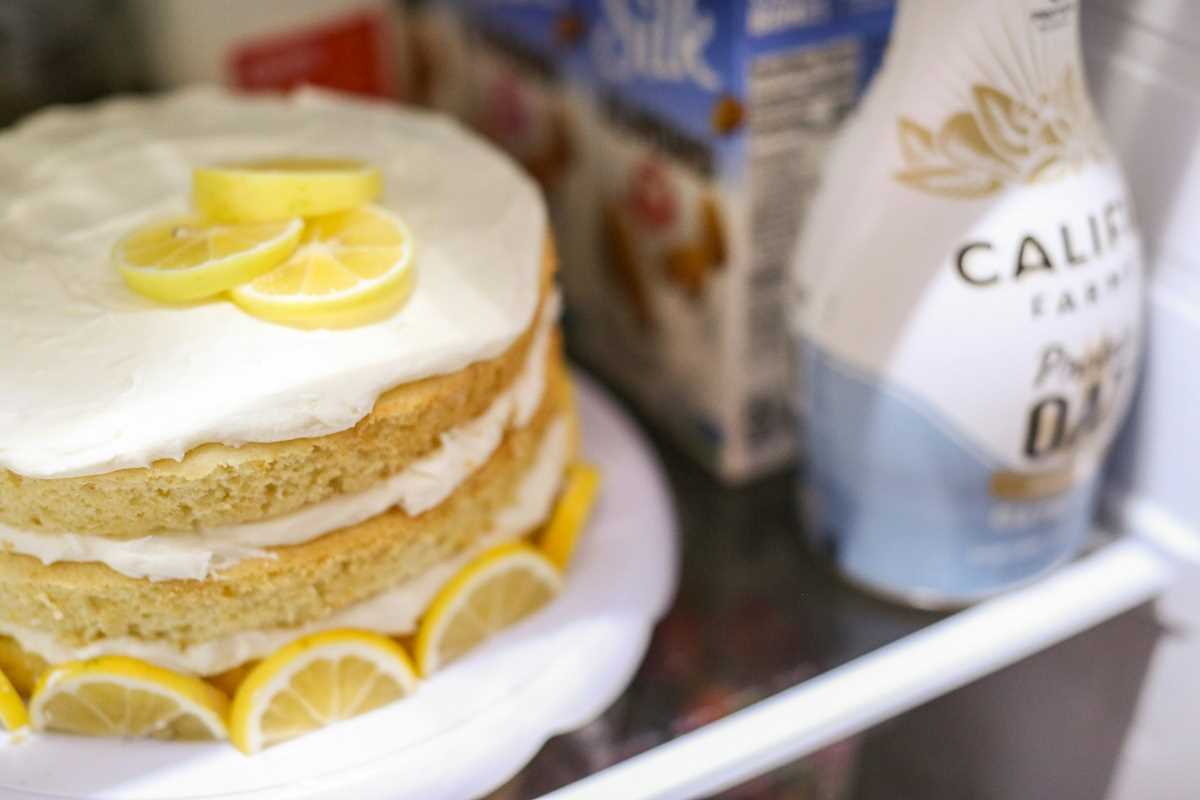Food safety plays a critical role in maintaining a healthy lifestyle, and understanding the shelf life of different foods is essential for avoiding foodborne illnesses and minimizing waste. By learning how long various items last, such as frozen goods, canned products, and snacks like chips, you can ensure that your food is fresh and safe to eat. In this guide, we’ll explore the differences between food date labels like "best by," "sell by," and "expiration" dates, as well as provide helpful tips for determining when food should be discarded for health and safety reasons.
Understanding Food Date Labels
Before diving into how to store food properly, it's important to understand what the dates on food packaging actually mean. These labels can be confusing, but they help guide you in determining the quality and safety of food.
- Best By Date: This is not a safety date but indicates when the product is expected to be at its peak flavor and quality. While food might still be safe to consume after this date, it may not taste as fresh or have the same texture.
- Sell By Date: This date is mainly for retailers. It indicates the last date the product should be sold to maintain its optimal quality. While not an indicator of safety, many products are still safe to consume for some time after this date, depending on how they’ve been stored.
- Expiration Date: The expiration date is the most critical when it comes to food safety. After this date, the product may no longer be safe to eat, as it may have lost its nutritional value or could pose a health risk.
Freezer Storage
Freezing is one of the best ways to extend the shelf life of food, but even frozen items have a time limit. Storing items properly in the freezer helps preserve their flavor, texture, and nutritional content. Here are some guidelines for common freezer foods:
- Meats and Poultry: Raw chicken can last up to a year in the freezer, while beef and pork can remain safe for 4 to 12 months. Cooked meats have a shorter shelf life, lasting only 2 to 3 months in the freezer.
- Vegetables: Most vegetables, such as peas, carrots, and green beans, can be stored in the freezer for 8 to 12 months. To ensure the best quality, blanch vegetables before freezing to preserve both flavor and nutrients.
- Bread and Baked Goods: These can stay fresh in the freezer for 2 to 3 months. To prevent freezer burn, wrap them tightly in aluminum foil or place them in freezer bags. When reheating, they’ll taste just like fresh-baked goods.
- Soups and Stews: These can be frozen for 2 to 3 months when stored in airtight containers. Label the containers with the date of freezing to keep track of how long they’ve been stored.
Canned Foods
Canned goods have an incredibly long shelf life due to the way they’re preserved. However, it’s still essential to monitor their condition regularly to ensure they’re safe to consume:
- Canned Vegetables and Fruits: These usually last 1 to 2 years beyond the “best by” date. If a can is bulging, rusted, or damaged in any way, discard it immediately to avoid foodborne illness.
- Canned Meats and Fish: Items like tuna or canned chicken can last up to 5 years if stored in a cool, dry place. Before consumption, always check for signs of spoilage, such as an off odor or rust.
- Canned Soups and Sauces: These have a shelf life of 1 to 4 years. As with other canned foods, make sure the cans are free from dents, bulges, or rust, which can compromise their safety.
Snacks and Packaged Foods
While snacks like chips or crackers don’t spoil the same way fresh food does, their quality can diminish over time. Here’s how long they typically last:
- Chips: Once opened, chips are best consumed within 1 to 2 weeks for optimal freshness. If unopened, they can last for 2 months in a sealed bag.
- Crackers and Cookies: These can last for 1 to 2 months past their “best by” date, as long as they’re stored in an airtight container to maintain their crispness.
- Nuts and Seeds: These are prone to becoming rancid if not stored properly. To extend their shelf life, store them in the fridge for up to 6 months, or freeze them to keep them fresh for up to a year.
Practical Tips for Food Storage
Maximizing food shelf life and ensuring safety is all about proper storage. Here are some tips to help maintain food quality and prevent spoilage:
- Temperature: Always keep your refrigerator at 40°F (4°C) or lower, and your freezer at 0°F (-18°C). These temperatures slow down bacterial growth and help keep food fresh for longer.
- Storage Containers: Use airtight containers or vacuum-sealed bags to store food. This prevents exposure to air, which can cause moisture buildup and lead to freezer burn or spoilage.
- Regular Checks: Make it a habit to check your pantry and freezer regularly for expired items. Also, keep an eye out for signs of spoilage, such as strange smells, mold, or discoloration.
- Proper Sealing: After opening a package, reseal it tightly to prevent air from getting in, which can affect the taste and texture of the food.
Knowing how long different foods last and understanding the significance of “best by,” “sell by,” and “expiration” dates is essential for keeping your food safe and fresh. By following proper storage techniques and using your senses to evaluate food quality, you can significantly reduce waste, save money, and prevent foodborne illness. With the right knowledge and storage habits, you can enjoy your foods at their best while maintaining a healthy lifestyle.
 (Image via
(Image via





